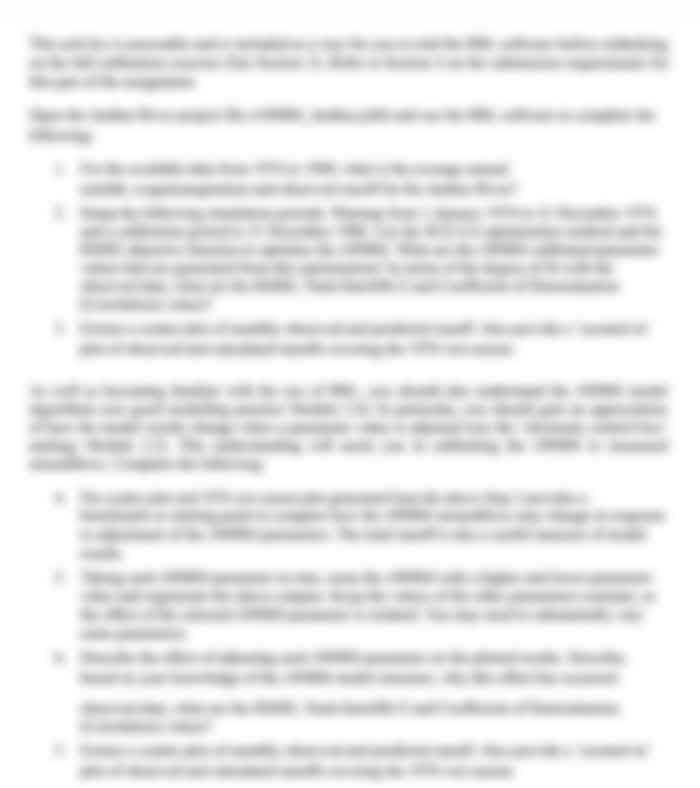This assessment aims to increase your understanding and use of robot simulators and software tools to support the creation of intelligent controller
This assessment aims to increase your understanding and use of robot simulators and software tools to support the creation of intelligent controllers for robots using advanced bio-inspired techniques, which are covered in the course. It involves using a well-known robot simulator, creating specific environment configurations and applying bio-inspired algorithms to create intelligent controllers for robots, analysing the resultant robot behaviours and drawing conclusions from it.
.
REWARDREWARDZONEZONE
T-Maze AT-Maze B
Figure 2 - T-Maze A without marks on the floor, indicating the robot-rat that it should turn left at the end of the first arm corridor going towards the reward zone. T-Maze B with a black mark on the floor, indicating the robot-rat that it should turn right at the end of the first arm corridor going towards the reward zone.
TASK 1: You should create a Behaviour-Based Robotics (BBR) approach robot controller to control a single robot-rat that is able to solve the PROBLEM stated above. You should train your robot using the arena (i.e., world files) provided to you on CANVAS.
TASK 2: Create a robot controller using the Evolutionary Robotics (ER) approach to control a single robot-rat that is able to solve the PROBLEM stated above. You should train your robot using the arena (i.e., world files) provided to you on CANVAS.
(*) For Task 2, you can find an initial code of the robot evolutionary robotics approach controller on your Lab 3 git repository on CANVAS, with many gaps that you need to fill in so that your controller will run properly. More info on Lab 3 material.
Marks on all Tasks are awarded for creativity and performance as well.
For both Tasks 1 and Task 2, you should aim to create the quickest robot-rat,
i.e. the robot-rat that could explore the T-maze in less time while searching for the food/reward zone. Therefore you should record the time spent to find and stop at the REWARD ZONE at T-Maze A and T-Maze B, on the average of three runs for your best BBR and ER controllers.
You should fill in the following table accordingly and add it to your final report: Table 1: Statistics.
Time in minutes
First run Second run Third run Average Time
Task 1
T-Maze A Task 1
T-Maze B Task 2
T-Maze A Task 2
T-Maze B The basic rules are the following:
Use the e-puck robot as your robot-rat. The e-puck is available in the Webots simulator together with the given worlds files.
You should NOT move any objects in the arena or try to change the World.
The dimensions of the arena, areas and obstacles should not be changed.
The maximum time to perform any of the tasks is 5 min for each part of the coursework. After that, the simulation should be stopped and 5 min should be added to that specific group as the time spent, irrespective if the robot(s) have completed the task or not.
Activities for each Task
Activity 1*
Choose the corresponding project repository from your labs material into your coursework folder.
Activity 2*
Choose the appropriate arena environment.
Activity 3*
Code and run the controller to perform the Task described.
Activity 4
Record a short video (no more than 3min) for each Task showing the final best robot behaviour in both T-Maze A and T-Maze B .
Collect data that would illustrate the corresponding final robot behaviour. Collect statistics for each run for Task 1 and Task 2.
* you can refer to the past lab activities in order to have some guidance on how to do this.
What you are asked to do:
Implement a robot controller for each Task.
Test your controller.
Make a short video (no more than 3min) of the final desired behaviour in both T-Maze A and T-Maze B.
Write a report and submit the report, short videos and the codes to CANVAS.
Page 8 of 10
Your research report should:
Use the IEEE paper template available on CANVAS and
Be between 4,000 and 5,000 words (final Word Count should be added to the header of the document), excluding figures, tables and references.
Describe your implementations of the bio-inspired algorithms, noting any interesting aspects.
Your report should contain the following sections:
Introduction
For each Task Implemented:
Methods and Implementation Rationale
Results
Discussion and Conclusion
References
Report the results of your experimental investigation. For instance, you might want to use tables, figures, graphs and plots to illustrate your results.
Referring to these results, discuss which decisions you made that might have affected the performance of your implementations, and say why you think this is the case.
Prepare a discussion and conclusion addressing the difference between the development of a controller using the BBR approach and the Evolutionary Robotics approach. As a PG student, you must present a thorough discussion of both methods and also make comparisons with other methodologies used to create intelligent robot controllers.
Include useful references to the wider literature. For instance, you might use references to books, papers and articles to justify particular implementation choices, or you could compare your findings to those reported elsewhere. Use the requested standard referencing style for this.
You should submit your report (as a .pdf file), the Coursework Group Signing Sheet signed by all members of the group (as a .pdf file), short videos (on a
.zip file) and your code (on a .zip file) to CANVAS using the links provided. Grading will use the assessment criteria given in the table below.
NOTE: Your CODE should not be uploaded as a PDF, as we need to be able to run your code. If we can NOT run your controller, your CW2 will not be marked, and you will receive 0 marks.
Page 9 of 10
Page 10 of 10

